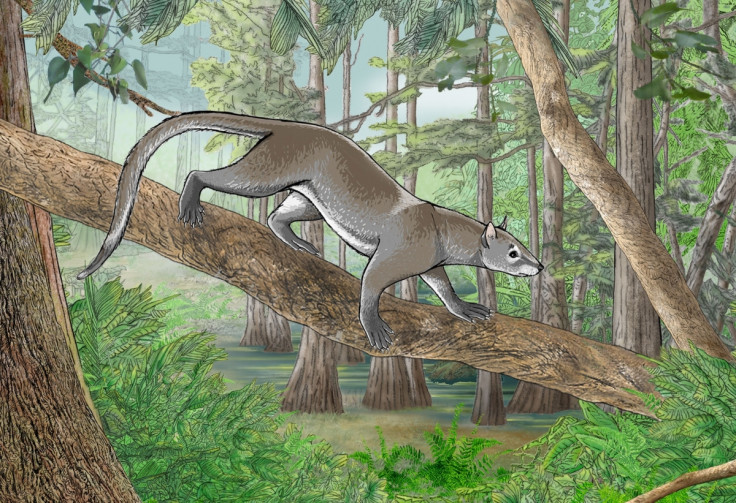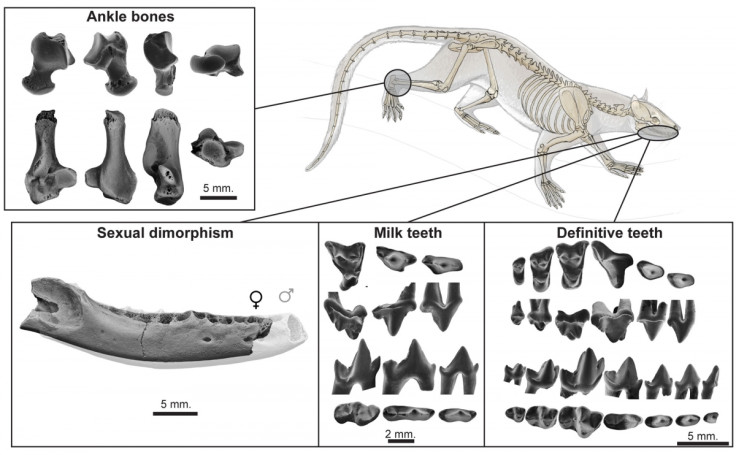Earliest Carnivores Found in 55-Million-Year-Old Fossils
Belgian researchers identify ancient species as primary ancestor of lions, tigers and bears

The earliest carnivores have been discovered by Belgian researchers from fossils dating back 55 million years.
Researchers led by Floréal Solé, from the Royal Belgian Institute of Natural Sciences, have found the origins of some of the best known carnivores, including lions, tigers and bears, as well as domesticated pets including cats and dogs.
Fossils analysed by the team show these animals came from primitive carnivorous mammals at the start of the Eocene period.
In the Journal of Vertebrate Paleontology, researchers describe a new species of one of the earliest carnivores ever found.
The fossils were found in Dormaal. Experts believe the species originated somewhere in Europe.

The team looked at more than 250 teeth and ankle bones of the Dormaalocyon latouri to establish a better idea of its characteristics. Previously, researchers had only discovered two upper molars, but new specimens even include baby teeth.
Researchers noted that the teeth appeared to be very primitive, implying Dormaalocyon was closely related to the first carnivores.
The ankle bones suggested that the species lived and moved through trees. Previous research on Dormaal during the Eocene period suggested that it was a warm, humid and wooded area.
Artist impressions show the animal walked on all fours and had a long tail, with characteristics similar to many modern predators.
Before the Eocene period was the Paleocene-Eocene Thermal Maximum (PETM) event, an extremely warm period that affected the evolution of mammal groups.

Solé believed that because Dormaalocyon was arboreal and carnivorous, this supports "the existence of a continuous evergreen forest belt at high latitudes during the PETM".
"Its description allows better understanding of the origination, variability and ecology of the earliest carnivoraforms," he said.
Solé also said that the fossils suggested that even older carnivores had yet to be discovered: "The understanding of the origination of the carnivoraforms is important for reconstructing the adaptation of placental mammals to carnivorous diet.
"Therefore, Dormaalocyon provides information concerning the evolution of placental mammals after the disappearance of the largest dinosaurs (at the Cretaceous–Paleogene extinction event).
"Our study shows that the carnivoraforms were very diversified at the earliest Eocene, which allows hypothesising that they were probably already diversified during the latest Paleocene."
© Copyright IBTimes 2025. All rights reserved.






















